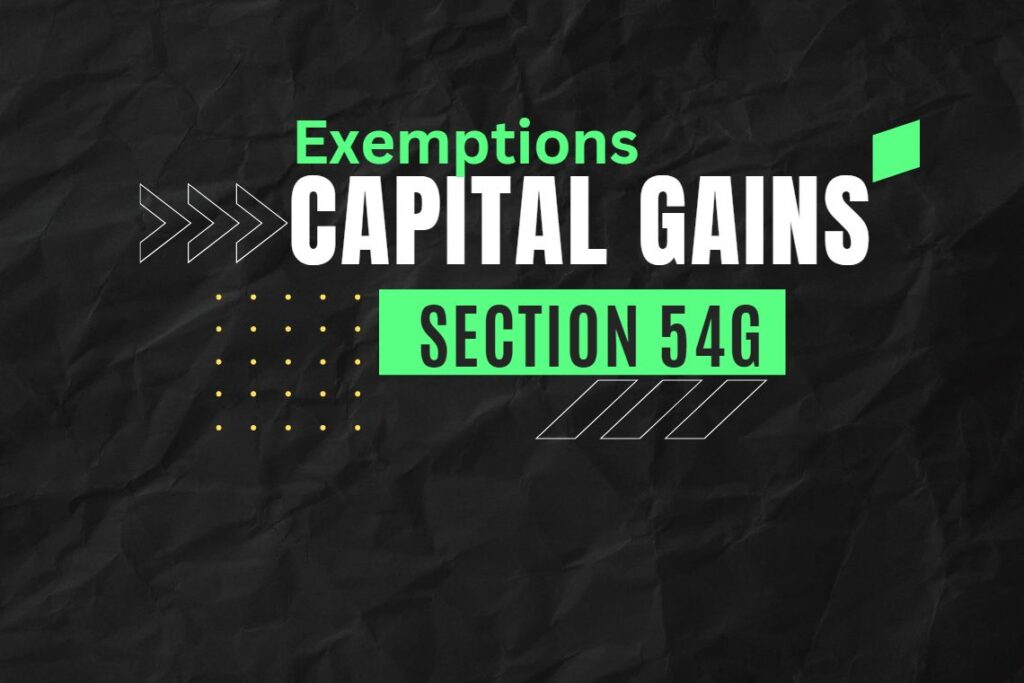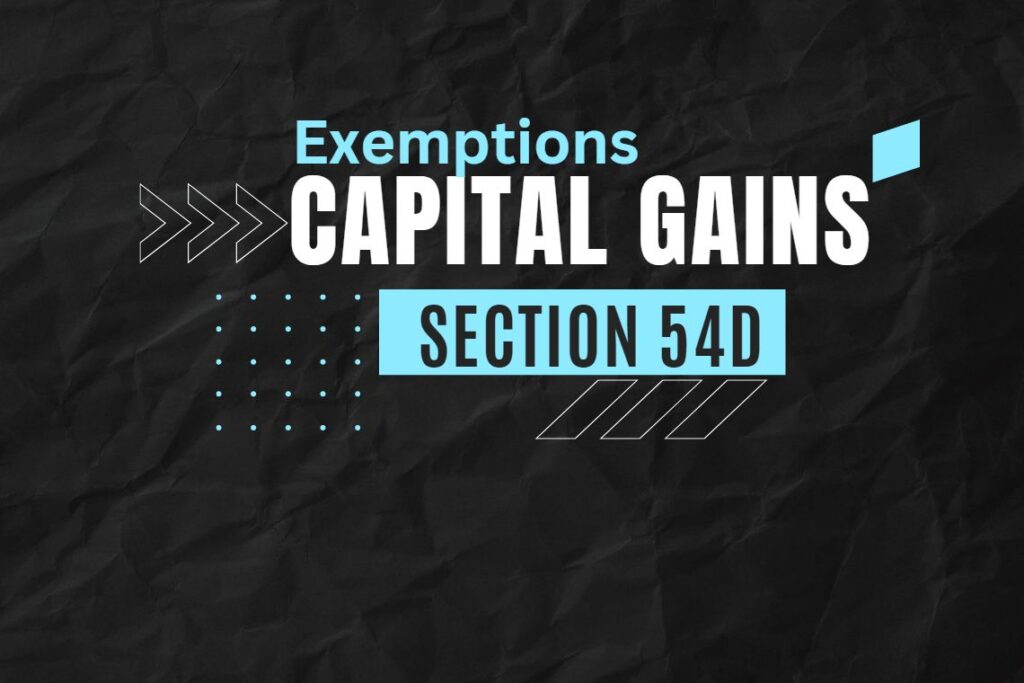Overview of Section 112A
Section 112A of the Income Tax Act, 1961 governs the taxation of long-term capital gains (LTCG) arising from the transfer of specified securities, including:
- Equity shares of listed companies
- Units of equity-oriented mutual funds
- Units of business trusts
This section was introduced in Budget 2018 (effective from FY 2018-19) to replace the earlier exemption under Section 10(38) and imposes a concessional tax rate on such gains.
Key Features of Section 112A
Applicability Conditions
For Section 112A to apply:
- Asset Type: Must be equity shares, equity-oriented fund units, or business trust units
- STT Payment: Securities Transaction Tax (STT) must be paid:
-
- On both purchase and transfer for equity shares
- On transfer for equity-oriented funds/business trust units
- Holding Period: Assets must be held for >12 months to qualify as long-term
Tax Rate Structure
- Basic Rate: 12.5% on gains exceeding ₹1.25 lakh (from 23rd July 2024)
- Previous Rate: 10% on gains exceeding ₹1 lakh (before 23rd July 2024)
- Exemption Threshold: First ₹1.25 lakh of LTCG is tax-free
Grandfathering Provision
A crucial aspect of Section 112A protects gains accrued before 1st February 2018:
- For assets acquired before 31st January 2018, the cost is the higher of:
- Actual purchase price, or
- Lower of:
- Fair Market Value (FMV) as of 31st January 2018
- Actual sale price
Example: Shares bought in 2010 for ₹10 lakh with FMV of ₹25 lakh on 31/1/2018 and sold for ₹30 lakh in 2025:
- Deemed cost = ₹25 lakh (FMV)
- LTCG = ₹5 lakh (₹30L – ₹25L)
- Taxable gain = ₹3.75 lakh (₹5L – ₹1.25L exemption)
- Tax @12.5% = ₹46,875
Calculation Methodology
- Determine sale consideration
- Calculate cost of acquisition (considering grandfathering if applicable)
- Deduct transfer expenses (brokerage, etc.)
- Compute LTCG: (Sale price) – (Adjusted cost) – (Expenses)
- Apply exemption: Subtract ₹1.25 lakh
- Calculate tax: 12.5% on remaining amount
Special Provisions
Loss Set-off and Carry Forward
- Long-term capital losses (LTCL) can only be set off against LTCG
- Unadjusted LTCL can be carried forward for 8 assessment years
Basic Exemption Adjustment
Resident individuals/HUFs can adjust LTCG against unused basic exemption limit (₹2.5 lakh) after accounting for other income
Example: Other income = ₹1 lakh, LTCG = ₹4 lakh
- Unused exemption = ₹1.5 lakh (₹2.5L – ₹1L)
- Taxable LTCG = ₹2.5 lakh (₹4L – ₹1.5L)
- After ₹1.25L exemption = ₹1.25L taxable @12.5% = ₹15,625 2
IFSC Transactions
Transactions on IFSC stock exchanges in foreign currency are exempt from STT requirement 6
Reporting Requirements
Taxpayers must report LTCG under Section 112A in:
- ITR-2 or ITR-3 (or simpler forms if conditions met)
- Schedule 112A with details like:
- ISIN code
- Quantity sold
- Sale price
- Purchase cost/FMV
- STT paid
Recent Changes (Budget 2024)
Key updates effective 23rd July 2024:
- LTCG tax rate increased from 10% to 12.5%
- Exemption limit increased from ₹1 lakh to ₹1.25 lakh
- Simplified ITR reporting for gains up to ₹1.25 lakh
Comparison with Other Sections
| FEATURE | SECTION 112A | SECTION 112 | SECTION 111A |
| Assets | Listed equities/equity funds | Other LTCG assets | STT-paid equity STCG |
| Holding | >12 months | Varies by asset | ≤12 months |
| Tax Rate | 12.5% (>₹1.25L) | 12.5%-20% | 20% |
| Indexation | No | Yes (for some assets) | No |
This comprehensive guide covers all critical aspects of LTCG taxation under Section 112A, incorporating the latest Budget 2024 changes. Investors should carefully consider holding periods, grandfathering benefits, and exemption limits to optimize their tax liability.











